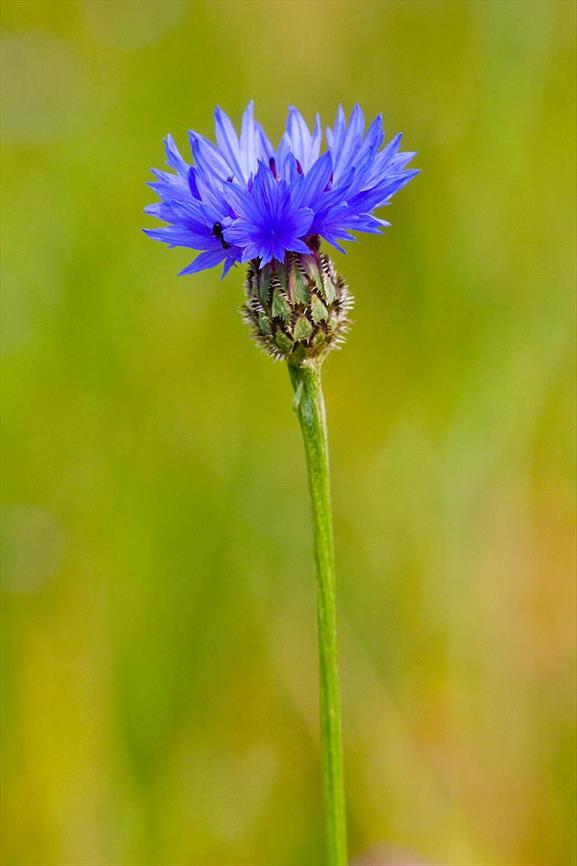Cornflower
Centaurea cyanus
Symbol of the armistice
Everyone adores the sky-blue cornflower. Together with the poppy the cornflower grows in fields and along roadside verges, flower symbolising fleeting love. It is the national flower of Estonia where it represents the daily bread: a nice idea because the cornflower traditionally grows in cornfields that are not over fertilised or sprayed to destruction with pesticides. In France the cornflower symbolises the armistice of 11 November 1918.
It has also been used as a herbal remedy: an extract of cornflowers was believed to be effective against some eye infections. The flower heads were used as a diuretic and for rheumatism. The dried leaves can also be added to tea.
Read more.... »Themes
Flowers are edible and cornflower flowerheads used to be dried and added to tea.
In France the cornflower is the symbol of the Armistice of November 11, 1918, marking the end of the First World War.
An infusion of cornflower is claimed to be effective against some ailments of the eye. The flowerheads were used as a diuretic and for rheumatism.
Details
| Description: | Herb, up to 0.60 m. |
|---|---|
| Distributions: | Europe and asia |
| Habitat: | Corn fields, embankments, roadside verges and temporary fallow land; sunny, open sites on moderately dry, usually nutrient-rich soil that has been reworked. |
| Year cycle: | Flowers only once (monocarpic annuals) |
| Hardiness: | -4 - 5 f (hardy - very cold winter) |
| Flowering period: | Juni - augustus |
| Flower color: | Blue, pink, white |
| Notes on flowers: | Blue, pink, white |
| At its best: | Juni - augustus |
